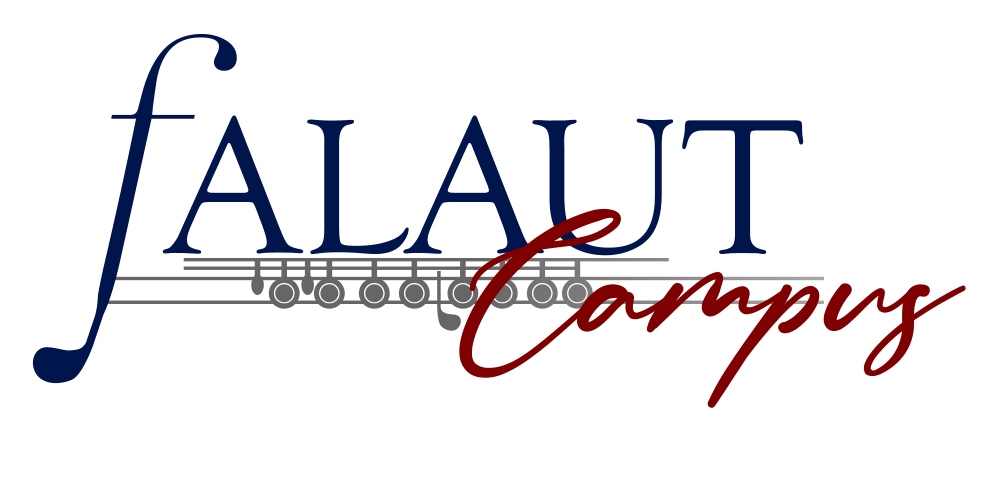I DOCENTI DI FALAUT 2019
Falaut 2019 Teachers
ALEXANDER TECHNIQUE
The Alexander Technique is a muscular education process that teches people to get our body free of unnecessary tension and incorrect habits, improving the balance, the posture, the awareness and coordination in movements and in all the activities. It’s teached from more than 100 years and applied in several sectors in more than 40 countries in the world. The most important Music, Art and Drama Schools, European and American, like the Julliard School of Performing Arts of New York, The Royal Accademy of Music and Dramatic Art of London, the Conservatoire National Supérieur de Paris , consider it an important part of their student’s curriculum.
Why is it important for a musician
The body is our first instrument and the way in which we use it has a remarkable effect on the sound we create: the vocal instrumental technique is an effect of the psycho-sensational- motoric coordination of a human being. It is wrongly believed that the solution for the technical problems depends only from the hours of study, as the necessary movements for playing of singing would exist independently from our physical exsistence. The profession of the musician demands a high standard of neuro-muscular coordination and it’s one of the most vulnerable to the R.S.I (repetitive strain injury). Several American researchs on the medical problems linked to performances have shown that more than the half of of the musicians develops physical problems during his career.
The AT can help the musician for:
-preventing or curing professional diseases: learning to understand the causes, it is shown how to avoid them.
-in the strength: learning to gain lightness and effort economy, in order to extend the duration of our own energy.
-in coordination: the instrumental vocal technique is a matter of combination of simultaneous movements in which the complete control must work the best way as possible, otherwise a movement could interfere with another one.
-in the nervous tension control: when improving the capacity of executing muscular movements with lightness, it also improves the nervous tension lightness.
During the execution, the AT allows us to learn to prevent the ossessive warring for some details making the muscles and the brain work at our advantage.
-improving the sound quality: if there are less costraints in our body, the sensorial perception becames more accurate and the parts of the body are free of making adjustemens for the production of a good sound.
-in the developping of the ability of facing stressful situations in the professional life (contests, travelling,unconfortable chairs on which we spend hours of reharsing and during concerts, situation in which you must produce good results with a few hours reharsing.. ecc)
The origins
He could restart his career as actor, but at that point developing his theory and teaching his method began his life aims.
in 1931 he founded his first training school for teaching his method. in 1958 ina London was founded "The Society of Teachers of the Alexander Techinique" that has the task of preserving the pureness of the spreading of the technique.


